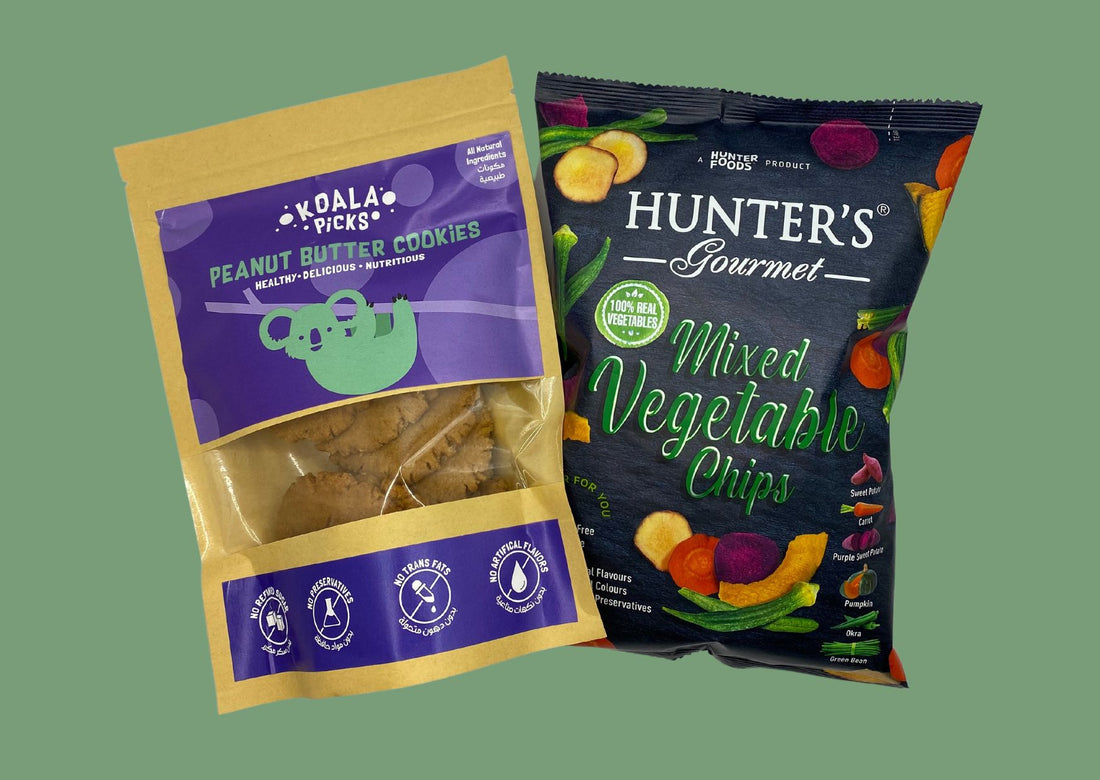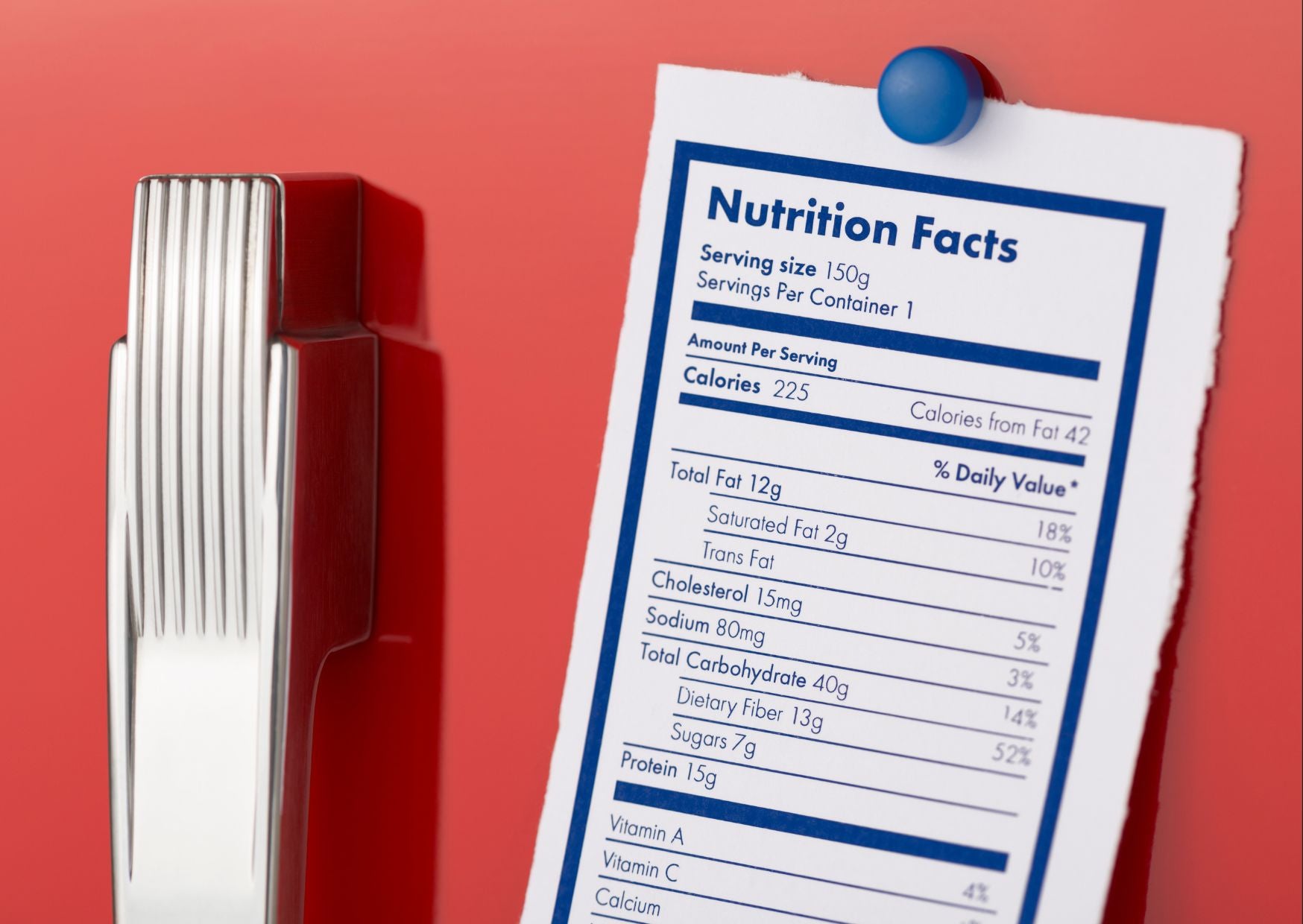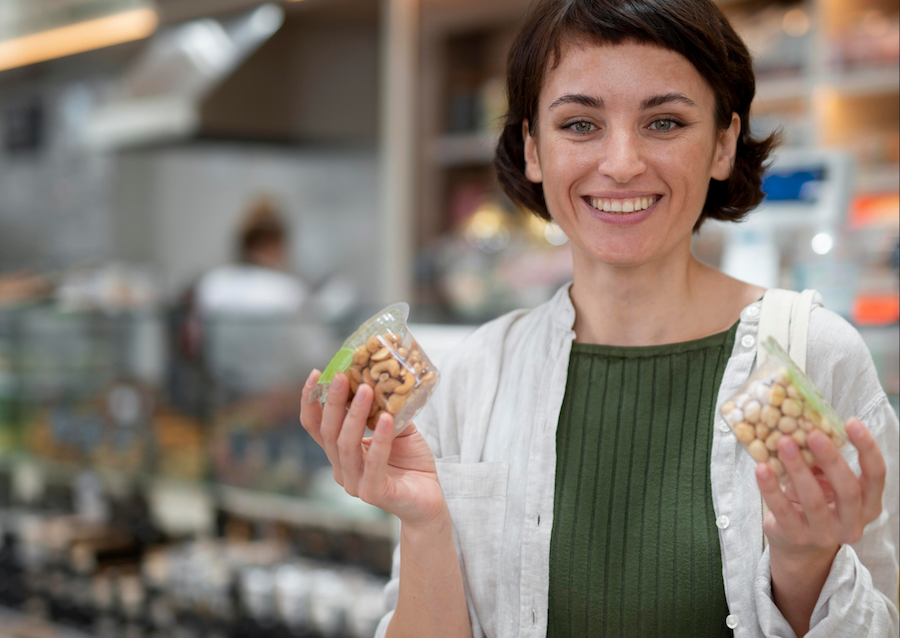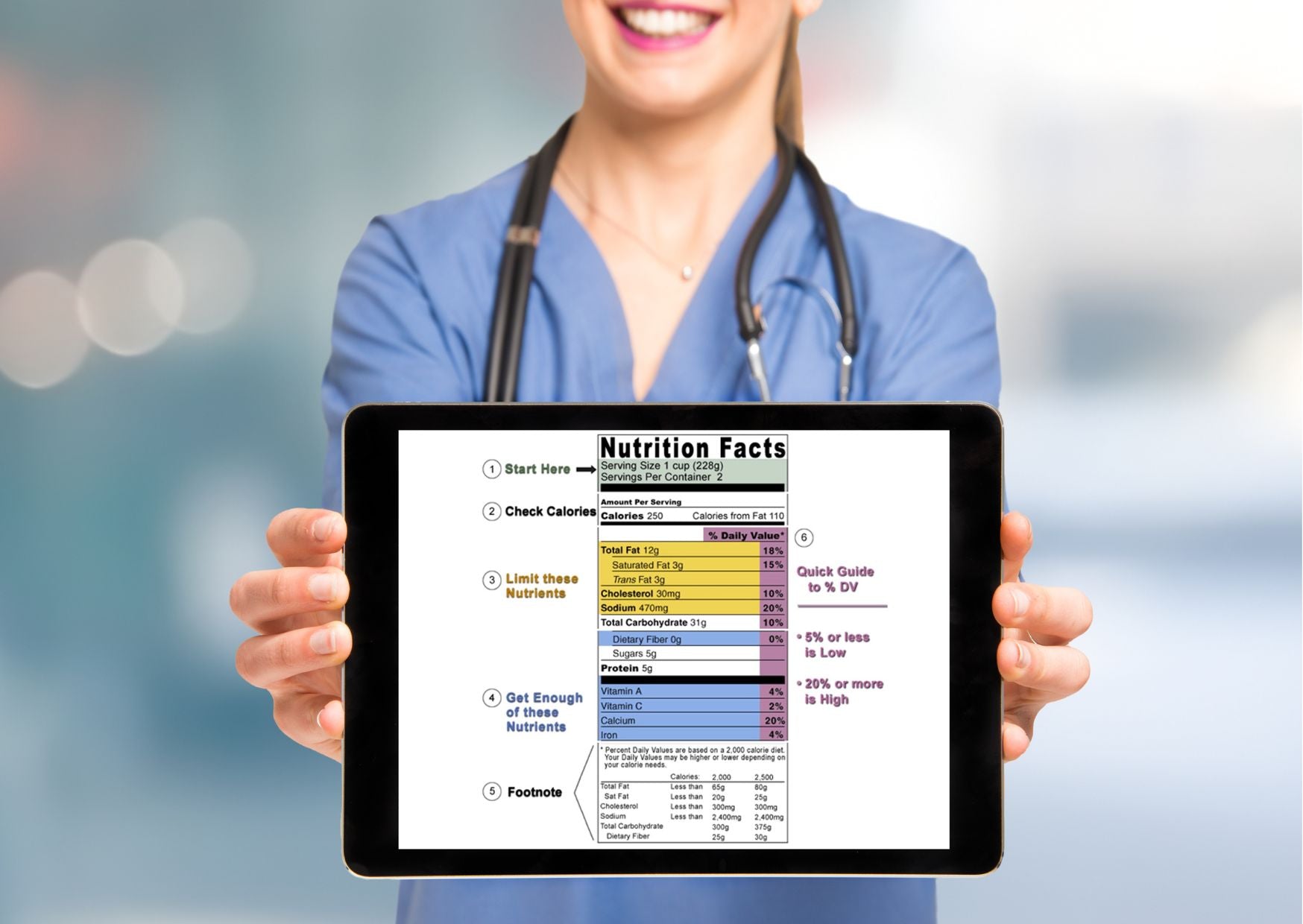Snacks have been associated with sugary, sweet, pick-me-ups, full of carbohydrates, fat, and sugar, giving the person a quick energy boost. But snacking between meals - if done with consideration - can be part of a healthy diet, and can also make you feel fulfilled until your next meal.
Picking out snacks considered as healthy (or nutrient-dense) isn’t as complicated as some people in the fitness industry would have you think. The key to unlocking the secret is quite simply, looking at the ingredients and having an understanding of what you are looking at.
Read nutrition label to choose the right snack
WHOLE FOODS FIRST
The ingredients are listed in descending order by weight, so the first ingredient is a give-away, in that it is what is within the product the most. Ideally where possible, for a nutritious snack this should be a wholefood.
Think about an apple, it’s a whole food and on its own is a very healthy snack, providing a range of nutrients as well as energy through fructose. If we then consider applesauce, we would want to see apples being listed in the ingredients first, particularly over sugar or sugar substitutes. The more whole foods listed in the initial ingredients, generally the more nutritious the snack.
PROCESSED FOODS
Things get complicated in food, by the additives, which play various roles such as keeping the product fresher for longer on the shelves, or to add low-calorie sweeteners.
When it comes to healthy snacking, calories are not necessarily an indication. The food industry loves to market its foods as being low-fat and/or low sugar, as it plays into the mindset of the consumer, but even this doesn’t indicate low calories.
Additionally, while calories play a role in terms of the amount of energy a food source provides, it does not indicate that a snack is healthy. Low calorie highly processed foods, rarely provide the necessary nutrients the body needs to be in optimal health.
Highly processed foods typically contain substances and ingredients that you wouldn’t ordinarily use at home such as:
- artificial sweeteners, colorings, flavors
- bulking agents
- colorants
- flavorings such as monosodium glutamate (MSG)
- foaming
- gelling agents
- high fructose corn syrup
- hydrogenated or interesterfied oils
- hydrolyzed proteins
- modified starches
- maltodextrin
- thickeners and preservatives
EXAMPLES AND ALTERNATIVES
A coconut cookie that has listed as its first three ingredients refined flour, sugar and fat is an indicator of a less healthy snack, than say one with homemade peanut butter, organic unbleached flour, and date powder as its top three ingredients, such as the Koala Picks peanut butter cookies pictured on top.
If you saw a packet of quinoa chips which listed its top three ingredients as quinoa flour, sunflower oil and potato starch, compared to a packet of vegetable chips with mixed vegetables, sustainable palm fruit oil and maltose, which one would you consider as being healthier? The answer? The mixed vegetable chips, which was evident not just by the fact that whole foods were listed in the top three ingredients, but also in the details of the label, which indicates that the quinoa chip has six times the amount of salt. Hunter Foods mixed vegetable chips is the better option, also pictured on top.
Important note
With this all being said, technology in the food industry is getting better and smarter, leading to researchers and scientists admitting that there’s considerable variability in research studies when it comes to listing foods as “highly processed.”
Additionally, with the word “healthy” creating a range of different responses in the food industry, it is best to consider the nutrients per gram of a food, meaning that you don’t have to completely avoid processed and highly processed foods, just be mindful of the nutrients that they do (or do not) provide.
-
Hey, while you're here, we've got a great selection of healthy snacks! Plus, our delivery is fast - you'll receive your goodies the very next day with zero shipping costs. It's never been easier to snack smarter for better health. CHECK IT OUT >







